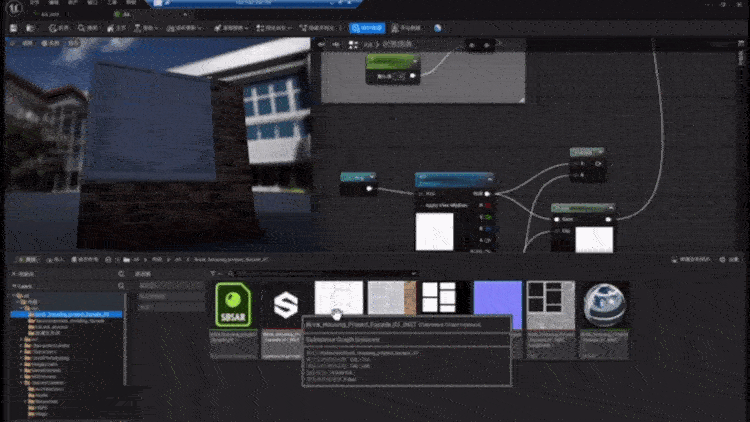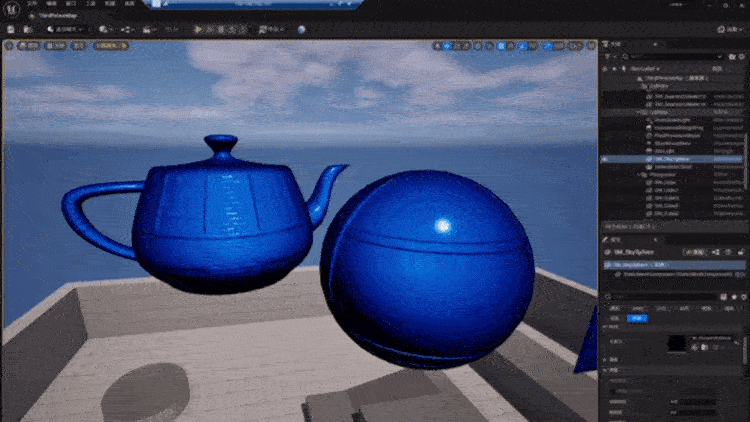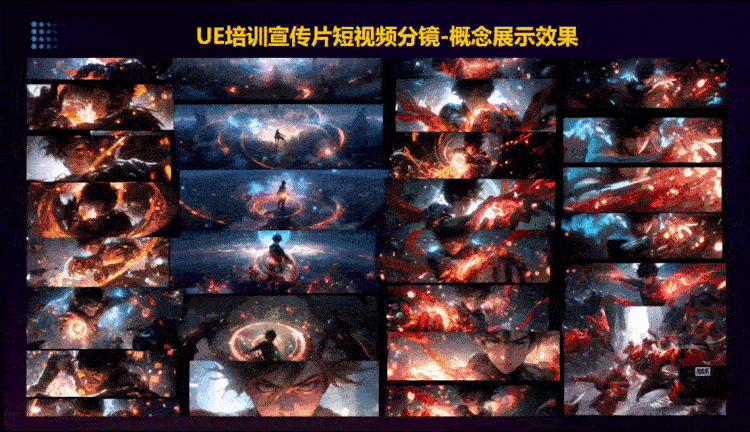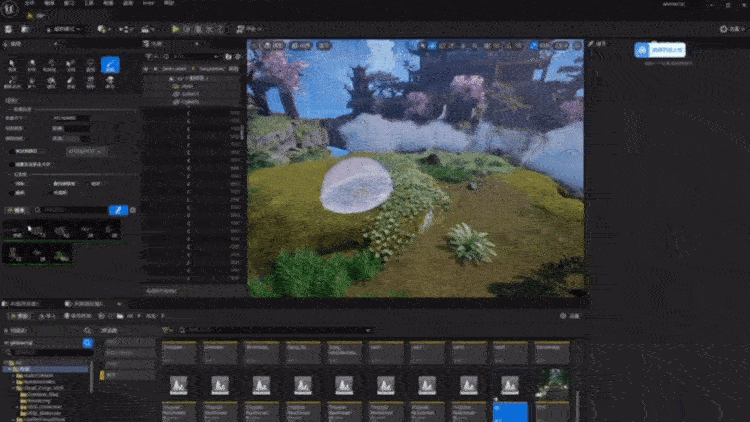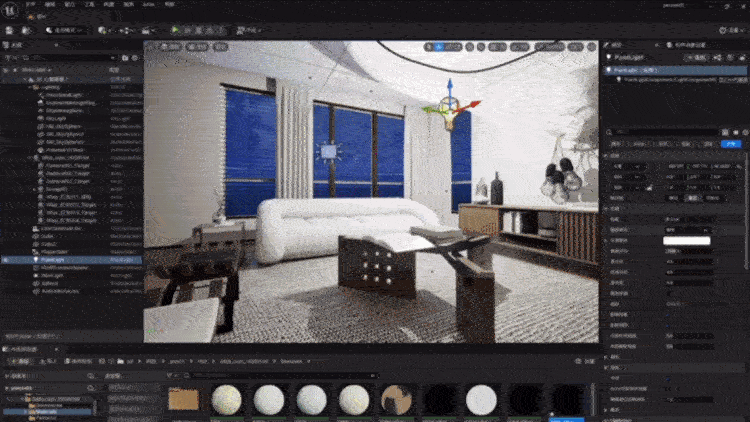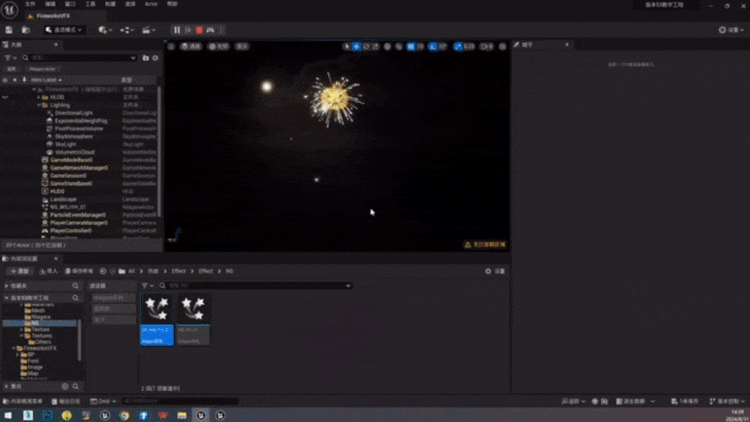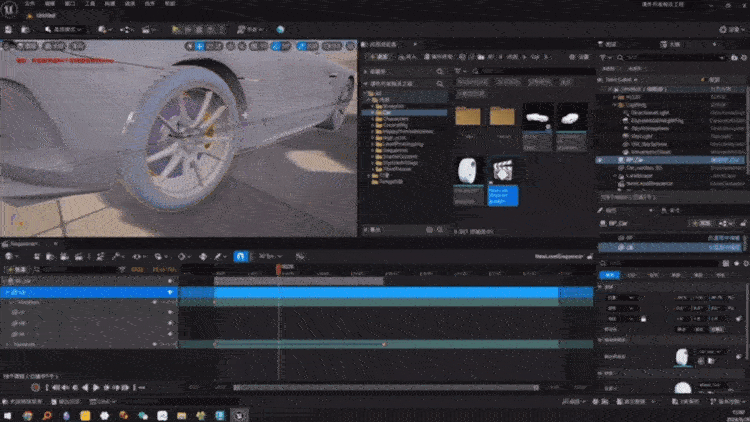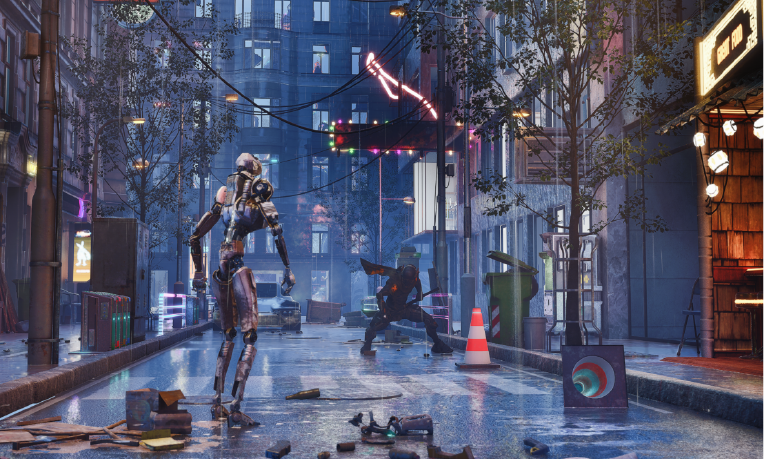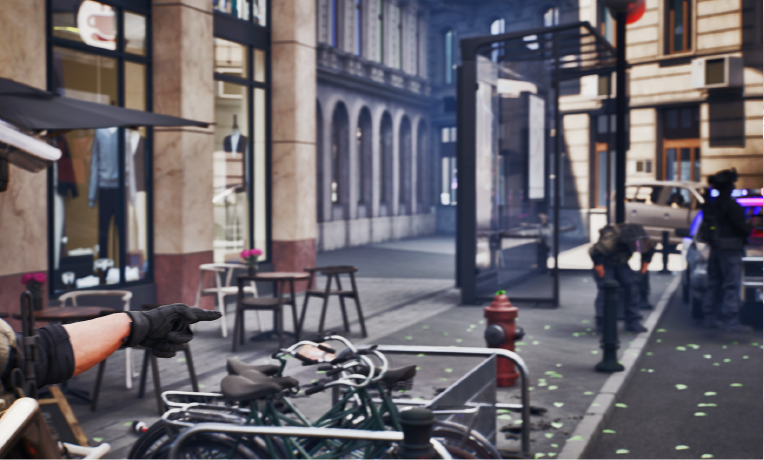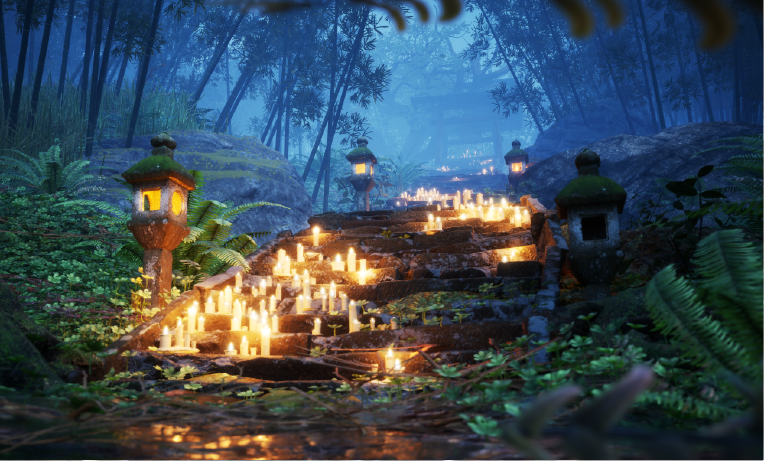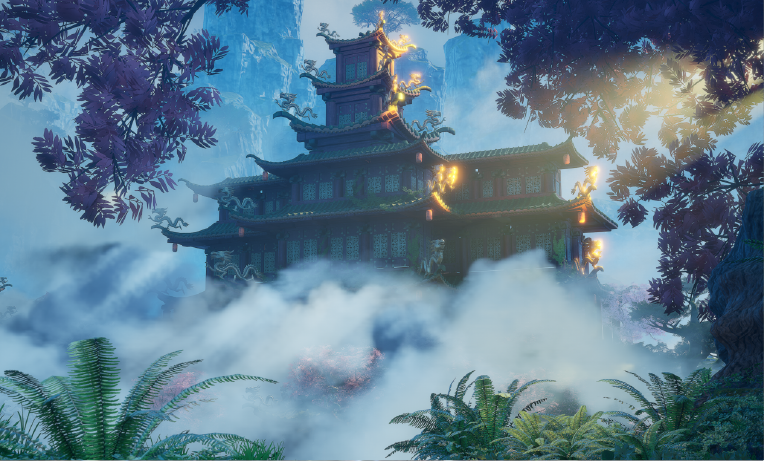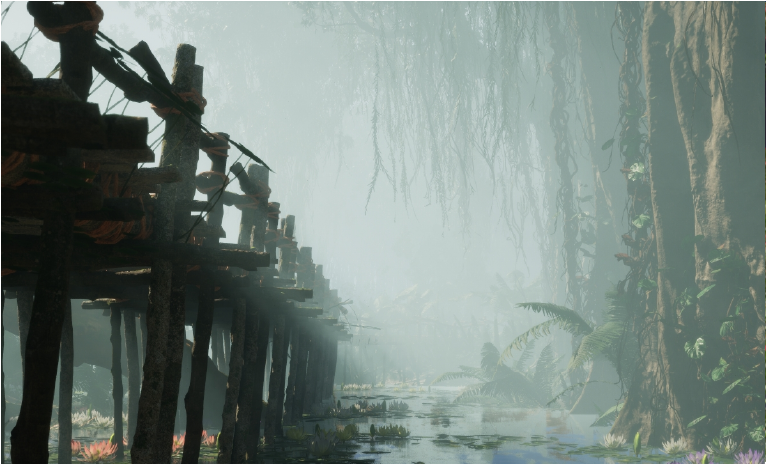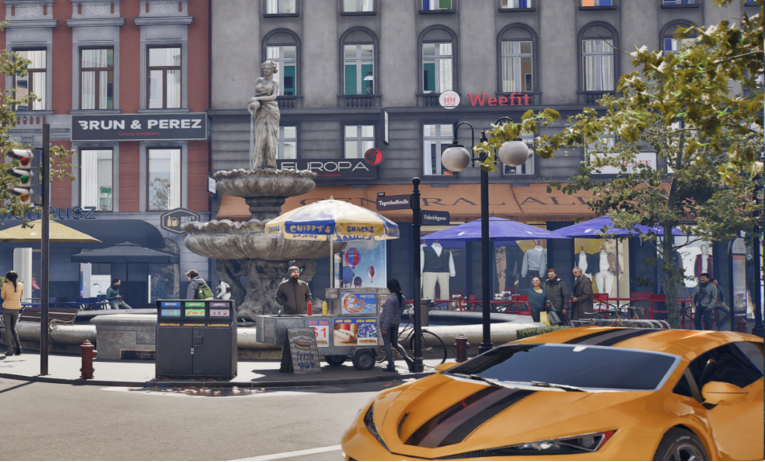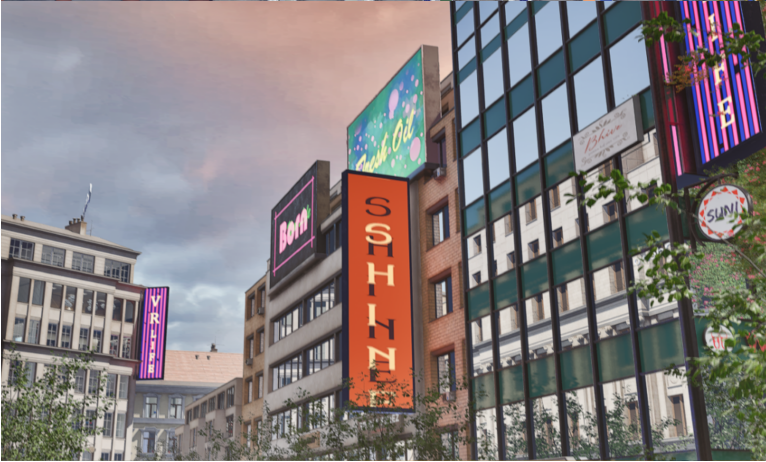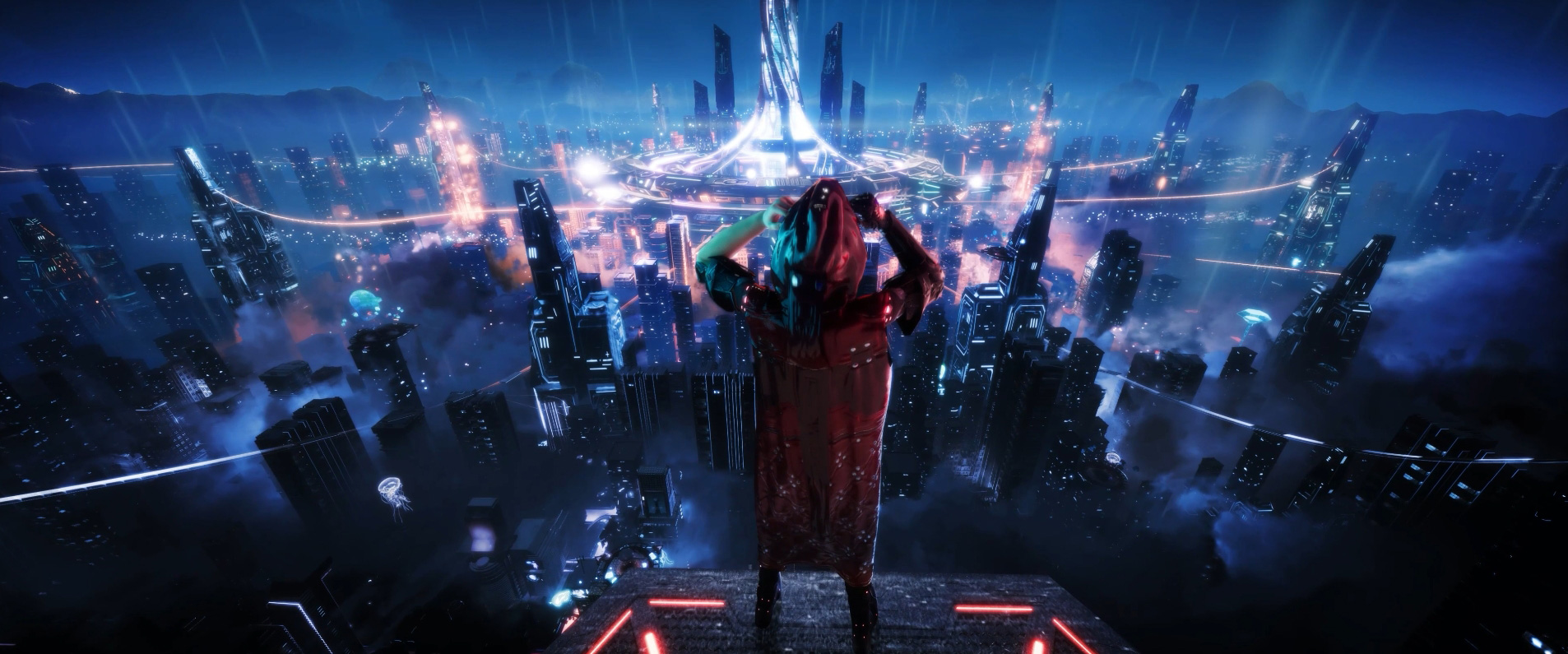
UE Scene Design
This course focuses on particle systems and effects creation, covering the fundamentals of the Niagara system and study advanced effects cases. Through theoretical instruction and practical exercises, the course will help you master the construction of particle systems, attribute manipulation, and advanced effects design from the ground up. The final project involves creating a particle dissolve effect for a character or object, ensuring that students are capable of independently producing high-quality game effects.
Course Level: Beginner Duration: 3 weeks Period: 136 credit hours
Course duration
On-site Training: July 7 - July 28, August 4 - August 25, 2025
OnlineTraining: April 1 - May 30, October 1 - November 30, 2025
Registration period: Registration closes 10 days before the start of each course

